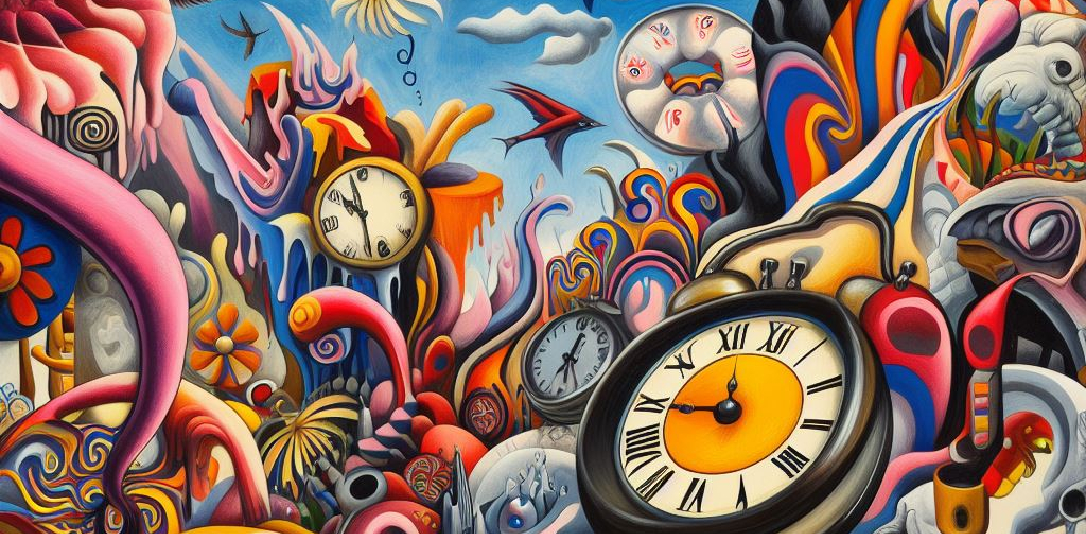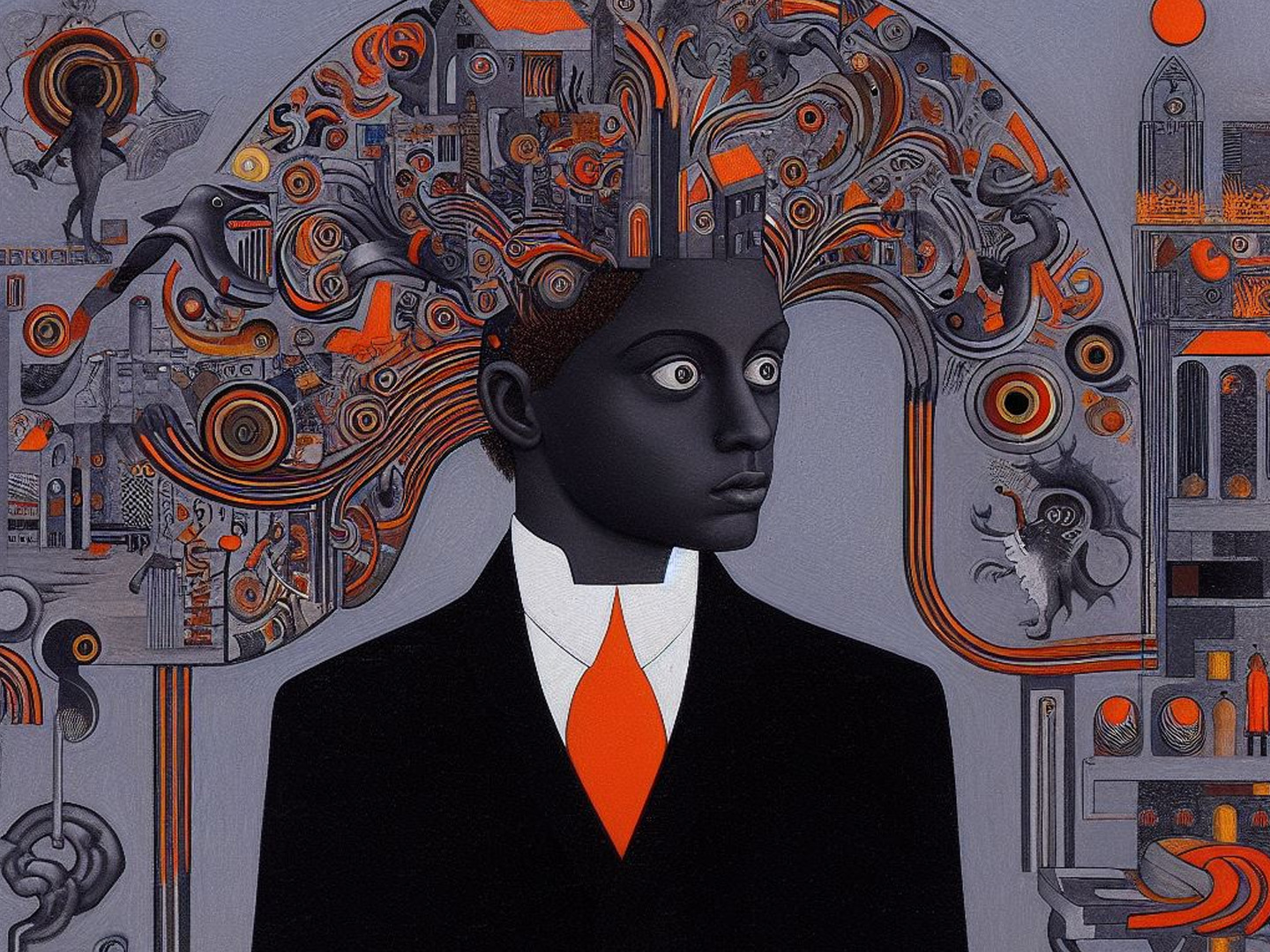Psychedelic Research

Psychedelics are a class of drugs that induce profound altered states of consciousness, including acute alterations in perception and cognition, and amplified emotional states. Substances include classic psychedelics like lysergic acid diethylamide (LSD), psilocybin and dimethyltryptamine (DMT), and empathogens like methylenedioxymethamphetamine (MDMA).
Recently, there has been renewed interest in the therapeutic potential of these substances for mental disorders like depression, anxiety, and post-traumatic stress disorder. Anecdotal reports suggest that they may provide therapeutic relief for individuals whose current treatment options are ineffective. A growing number of clinical studies have also shown very promising results. Recently, we demonstrated the rapid improvement of depression symptoms in treatment-resistant depression patients, following administration of varying doses of GH-001 (5-MeO-DMT) (Figure 1). However the underlying mechanisms of action of these substances and their efficacy have yet to be fully elucidated.
Utilizing multimodal study designs, our research focuses on assessing the neurobiological and cognitive mechanisms (see Figure 2) of psychedelic drugs in regular and low doses (i.e., microdosing) (see Figure 3), with a particular focus on those that may lead to enhancements in psychological well-being. Here we are particularly interested in changes in brain function, cognitive/psychological flexibility, and (pro)-social behavior. We examine these processes via experimental, naturalistic, and survey studies.
Additionally, animal studies with psychedelics have shown that these drugs can stimulate the creation of new connections between neurons, a process which is referred to as neuroplasticity (de Vos et al., 2021). Since neuroplasticity underlies important cognitive functions such as psychological flexibility and emotion regulation, this effect of psychedelics may explain the persisting positive effects on mood and cognition observed in our human studies (Magaraggia et al., 2020). However, measuring neuroplasticity in humans is challenging due to the limited methods available for assessing the cellular and molecular aspects of brain functioning in non-invasive manners. Therefore, our team is exploring new methods to study the molecular effects of psychedelics at the level of neuroplasticity in the brain by measuring the blood content and brain activity after exposing participants and patients to psychedelic treatments. For example, we are looking at qualitative and quantitative changes in the levels of protein and genetic material that are known to play a role in neuroplasticity such as brain-derived neurotrophic factor (Hutten et al., 2020), and microRNAs contained inside brain-derived particles (i.e., extracellular vesicles).

- Decades ago, the classical psychedelics psilocybin and LSD entered the therapeutic setting and already then showed their therapeutic potential in the treatment of psychiatric disorders. For thousands of years another psychedelic, ayahuasca, is being used by tribes in western Amazonia for healing and divination, and in recent years its use has expanded worldwide.

- We conducted a double-blind, placebo-controlled trial to examine acute and delayed effects of MDMA (75 mg) on false memory in 60 healthy volunteers with a history of MDMA use, using three well-established false memory methods: a basic, associative word list (Deese/Roediger-McDermott (DRM)) paradigm and two applied misinformation tasks using a virtual reality crime.
Page 2 of 2


